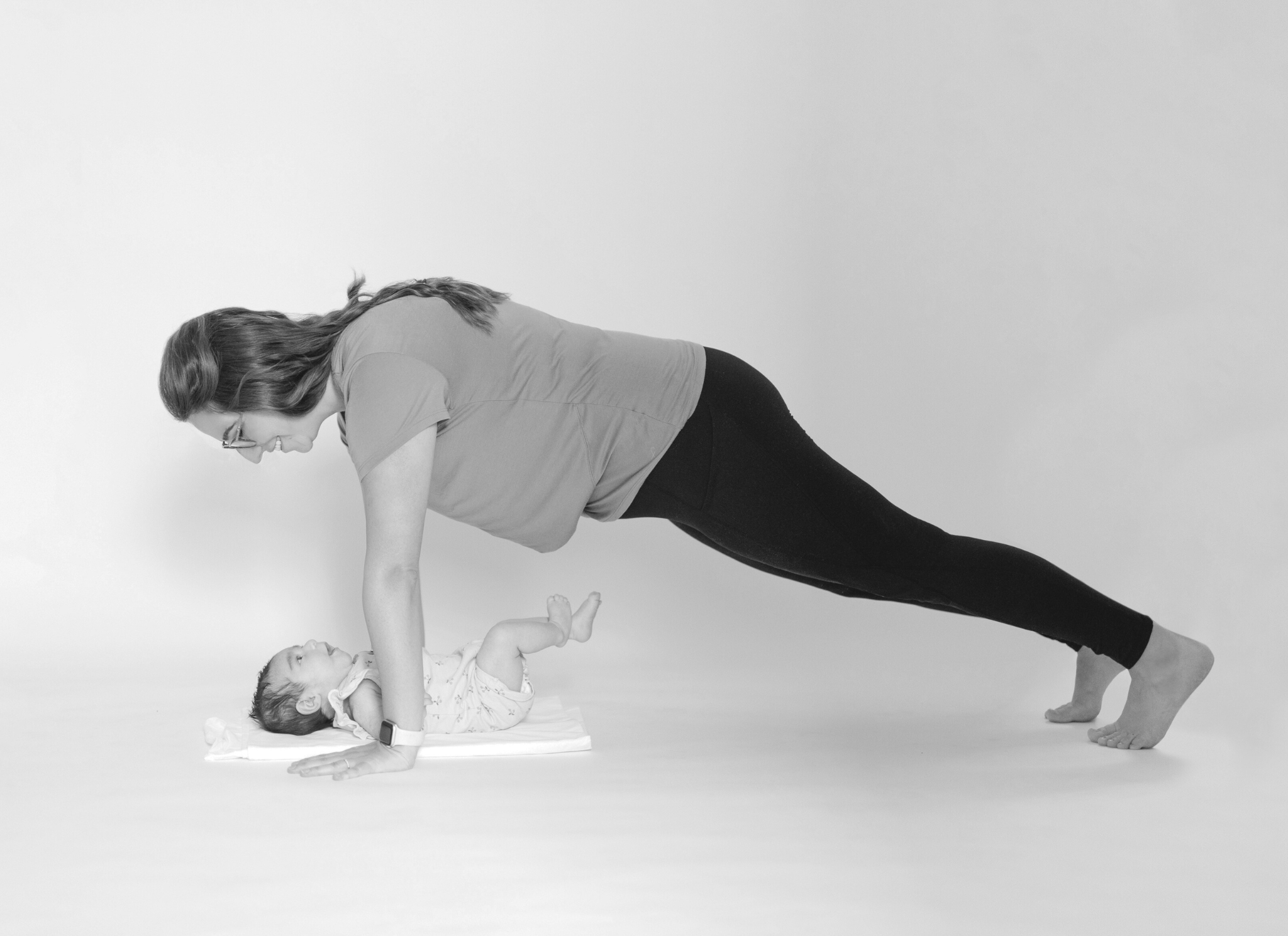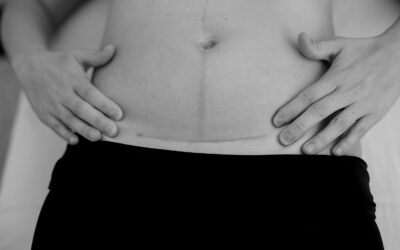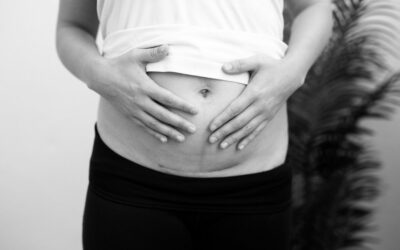Postpartum may not be what you expect. You may find yourself with a heating pad under your back and an ice pack over your vagina due to the postpartum pelvic pain. One of the hardest parts of the fourth trimester is that you may not even know there is one. As expecting moms, we prepare for pregnancy and childbirth. However, very often do we prepare for life after birth.
Healing misconceptions postpartum
The fourth trimester is a time of transition for a baby from the womb to the world. It is also a time of transition for the mother. Your body is healing and recovering from the past 10 months of pregnancy and childbirth. Yet, moms receive very little guidance on physical recovery, breastfeeding and pumping. There is also little support on transitioning back into daily life.
Fourth trimester essentials
When planning for postpartum care, it’s essential to think about the items that will help make the transition more accessible and more comfortable. Here is a list of postpartum essentials for moms:
- Nursing bras and pads, tanks and stretchy pants
- Postpartum belly wrap and a breastfeeding pillow
- Nipple cream and a breast pump
- Witch Hazel pads
- Nursing nightgowns
- A good water bottle
- All the snacks
Postpartum pelvic pain
This is a common condition in women after childbirth. It can range from mild to severe, interfering with daily activities and sleep. The most common causes of postpartum pelvic pain are related to soft tissue and ligament injury, joint laxity, and muscle spasm. Postpartum pelvic pain can occur in the first few weeks after delivery because of:
- Changes in hormones
- Posture from carrying a baby
- Reduced abdominal support from weakened core muscles
How to promote healing for postpartum pelvic pain
During the fourth trimester, your pelvic floor and abdominal muscles are healing. Take the first few weeks to rest and recover before returning to daily life. Remember, trauma from pushing for a long time (the vaginal wall must be strong enough to expand and stretch in order to accommodate a baby’s head), use of forceps or vacuum, or a perineal tear or episiotomy can cause pain. Rest is crucial during the first few weeks after birth to allow healing of the soft tissue and ligaments. Then, PT can help strengthen the core muscles, improve posture, and reduce pain. Lifestyle changes such wearing supportive clothing may also help. You may also want to change to a more ergonomic carrying position.
Postpartum pelvic pain treatment options
- For the first several days, ice is your best friend. Use an ice pack, bag of frozen peas, or a pad-sicle (a frozen witch hazel-soaked maxi-pad). Place this over your vaginal area for 20-30 minutes several times a day. After using ice for the first 3-5 days, switch to taking a sitz bath to promote circulation and healing.
- Start performing kegels 2-4 weeks post-delivery. Performing these exercises early on can promote blood flow to the pelvic floor area.
- Following a perineal tear or episiotomy, massage your scar once it has healed. Get confirmation from your doctor or midwife that the scar healed. Work with a pelvic health PT or do an online session with one of our therapists if you need help!
- Study up on how breastfeeding/pumping can affect your pelvic floor healing.
- Rest and physical therapy!
- Lifestyle modifications
- Medications such as pain relievers
Postpartum prolapse
Prolapse occurs when the pelvic organs drop down from their regular positions. They drop down due to weakened muscles and ligaments. These organs include the bladder, uterus, and rectum. Prolapse can cause pain, pressure, or heaviness in the pelvic area. It can also cause bladder and bowel problems, and difficulty walking. The bladder is cystocele prolapse, the uterus is uterine prolapse and the rectum is a rectocele. Treatment includes rest and exercise, medications to reduce muscle spasms, and sometimes surgery. Surgery is needed if the prolapse is severe or other treatments are unsuccessful.
What to know about breastfeeding
It’s hard. Like super hard. Breastfeeding is hard. And, it may not be intuitive or comfortable. So, get informed before your baby arrives.
The 411 on peeing postpartum
Peeing may be difficult and painful. This is due to anesthesia, healing tissue, and shock to your pelvic floor muscles. Here are a few tips to help navigate peeing after having a baby:
- Drink plenty of water!
- Use a peri-bottle to spray warm water or witch hazel on your vulvar area during and after urination.
- Urinary leakage may occur immediately after delivery as well.
The 411 on pooping postpartum
Constipation immediately postpartum is often due to pain medication and dehydration. To help relieve the blockage, here are a few tips:
- Drinking plenty of fluids will help get you back to pooping.
- Avoid straining.
- Take stool softeners or Magnesium powder in the hospital.
C-section recovery tips
Following a cesarean section, you are recovering from major surgery. Focusing on recovery in the first few weeks can make a huge difference postpartum. Here are a few things to keep in mind immediately following a c-section:
- Wear pants with a soft waistband and use ice over the incision site.
- Start getting out of bed to walk every day. Roll over onto your side to get in and out of bed instead of sitting straight up.
- Perform gentle belly breathing when you are lying down to relax your abdomen. Progress to performing gentle pelvic floor muscle/kegel contractions.
- Massage your cesarean incision after it has healed. Tissue restriction can lead to painful sex.
Caring for your baby and yourself postpartum
The months following your child’s birth can be exhilarating, exhausting, adventurous, and overwhelming. So much focus is on your tiny beautiful baby, but as the mom, you also need nourishment, care, and support.
We hope these tips help make your postpartum healing journey easier!
____________________________________________________________________________________________________
Are you currently pregnant or planning to conceive? If so, download my FREE resource — How to Prepare Your Pelvic Floor & Core for Childbirth + 8 Must-Dos for C-Section and Vaginal Deliveries.
____________________________________________________________________________________________________
Some links may be affiliate links. The products we recommend are products we use or recommend to clients.





